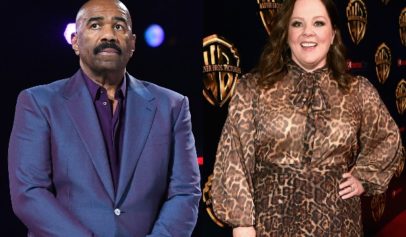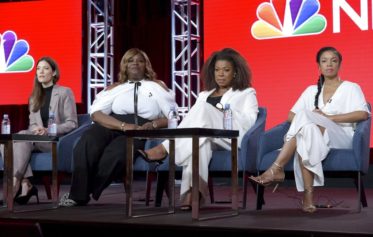When it comes to gender-neutral coverage, NBC’s prime-time Olympics telecast is no medalist.
That’s the conclusion of two newly published studies looking at the American television network’s prime-time coverage of the most recent summer and winter Olympics.
One reported female athletes were marginalized during the 2010 winter Olympics, receiving only 37.8 percent of prime-time coverage. The other found they did significantly better during the 2008 summer Olympics, receiving 46.3 percent of air time during the broadcast network’s evening programming.
However, that figure was down from 47.9 percent in 2004. Furthermore, nearly all of the coverage was confined to a few specific sports the researchers term “socially acceptable,” including swimming and gymnastics.
“Even today, it seems that women are accepted as athletes only if they continue to look and act as women are expected to look and act,” write Kelly Davis and C.A. Tuggle of the University of North Carolina at Chapel Hill, who co-authored the study of the 2008 coverage.
Davis and Tuggle report women made up 48 percent of the U.S. team in the 2008 Beijing Olympics, and earned 48 percent of the nation’s 110 medals—precisely the same number as the American men. (Mixed-gender teams won another four.) “Nevertheless, males received more airtime, especially in individual events,” they write.
Perhaps more tellingly, nearly three-quarters of the women’s coverage was devoted to gymnastics, swimming, diving and beach volleyball. Notice anything they have in common? The researchers did.
“It is now customary for the participants in all of these events … to wear the equivalent of a bathing suit,” they note in their analysis, which appears in the journal Electronic News.
Track and field, where the clothing is almost as minimal, made up another 13 percent of the women’s prime-time coverage. “The remaining sports represented—rowing, cycling, and fencing—are not, by traditional standards, ‘socially acceptable’ sports for women, and make up approximately 2 percent of coverage,” the researchers write.
“Women who take part in sports that involve either power or hard-body contact are particularly unlikely to receive media coverage. When women engage in stereotypical feminine events, or look pretty or graceful, they will receive coverage, but they risk being shunned if they venture from that space.
Read more here.


